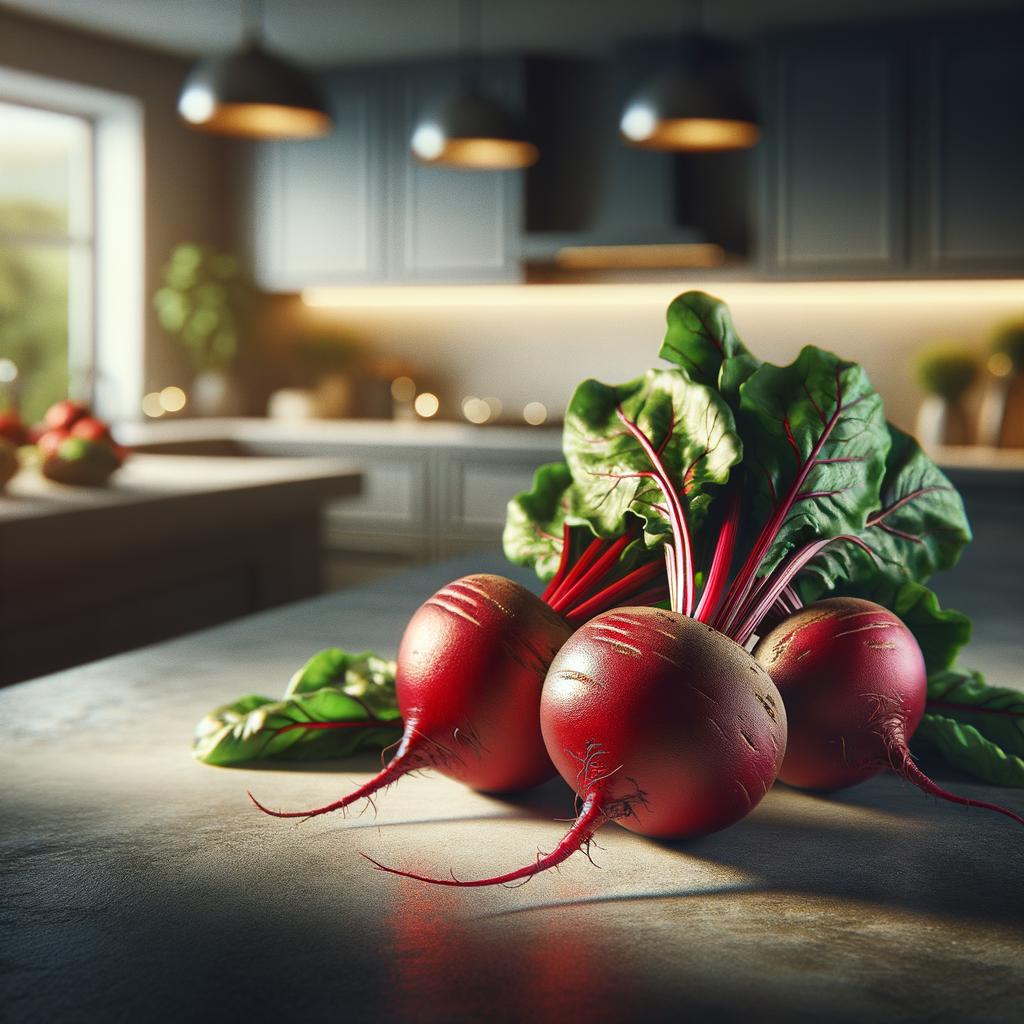Beets

Description
Our ingredient of the day is the humble, yet vibrant beetroot, more commonly known as the beet. Beets are a root vegetable, with a smooth, round shape and most recognizable for their deep, ruby red color. However, they can also come in hues of golden yellow or striped like a candy cane. Their texture is firm and crunchy when raw, but once cooked, they transform into a tender, buttery delight. The flavor profile of beets is unique, a blend of sweet earthiness with a hint of mineral undertones. One of their unique characteristics is their natural pigmentation, betanin, which not only gives them their distinctive color but also has potent antioxidant properties.
Primary Uses
Beets are a versatile ingredient used widely in various cuisines. They can be roasted, boiled, steamed, pickled, or even enjoyed raw in salads. In Eastern European cuisine, beets are the star ingredient in borscht, a hearty soup. Beets are also used to make beetroot juice, a popular health drink. The leaves of the beet plant, known as beet greens, are also edible and can be cooked like other leafy vegetables. Beyond culinary uses, beets have been used as a natural food coloring, and in traditional medicine, they are believed to support liver health and blood pressure regulation.
History
The history of beets stretches back to ancient times. They were first cultivated by the Romans, who not only used them as food but also considered them a valuable treatment for fevers and constipation. Beets were so revered in Greek culture that they were offered to Apollo in the temple at Delphi - they were literally worth their weight in silver. Over time, the use of beets spread across Europe and then to the Americas, where they gained popularity as a reliable and nutritious food source. One interesting folklore associated with beets is that if a man and a woman eat from the same beet, they will fall in love.
Nutritional Information
Beets are a nutritional powerhouse. They are low in calories yet high in vitamins and minerals, including vitamin C, folate, and manganese. They are also a good source of dietary fiber. The red color in beets comes from phytonutrients, which possess antioxidant, anti-inflammatory, and detoxification properties. Compared to similar root vegetables, beets have a higher sugar content, giving them their unique sweetness. Beets are also known for their high nitrate content, which can lower blood pressure and improve overall heart health. However, those with kidney problems may need to consume them in moderation due to their high oxalate content.

